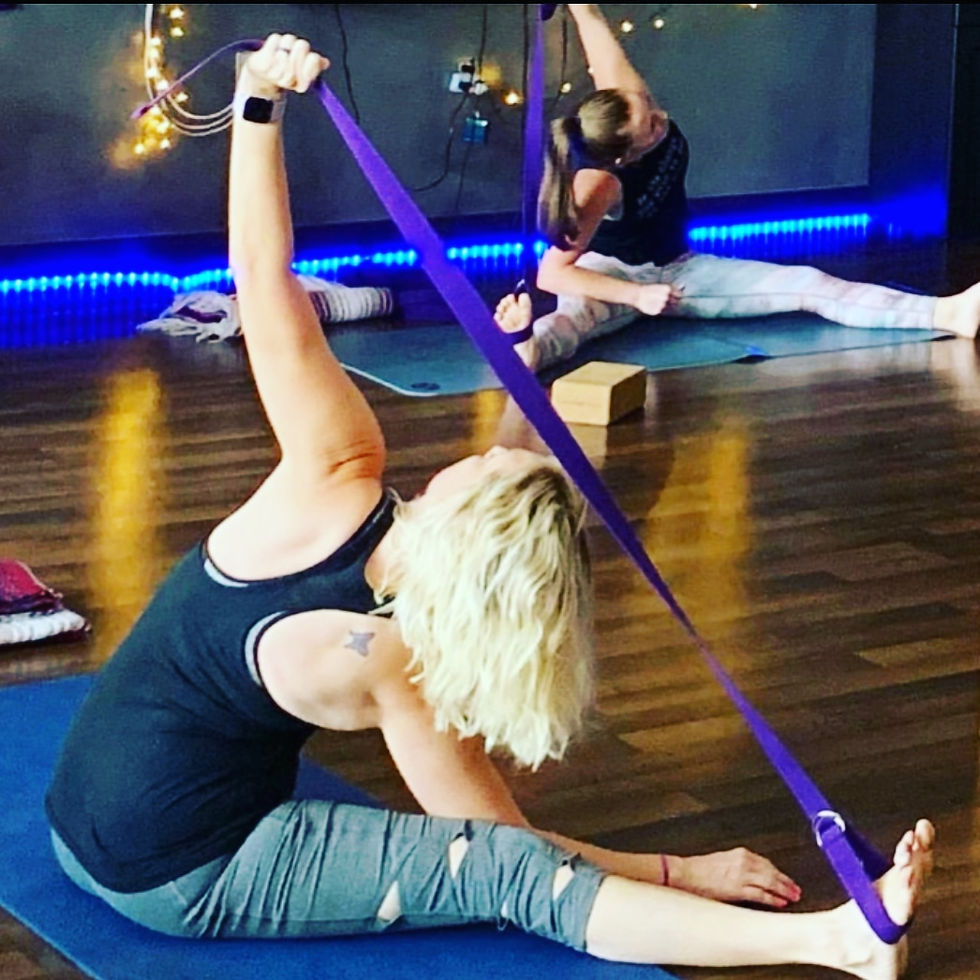My Monitor and Me: What I’ve Learned About Mental Health
- ajsyogawellness
- Oct 7
- 3 min read

October 10th is World Mental Health Day, and it feels important to pause and acknowledge just how many of us are touched by mental health challenges. Almost half of all people will experience some kind of mental health struggle at some point in their life.
For me, it’s more recently been an ongoing experience with what I used to call anxiety. But even that word began to feel too heavy, too final—like a label rather than something I was experiencing. So I decided to reframe it. I think of it as my monitor being active—a way of describing my brain’s attempt to protect me from a perceived threat, even when no physical danger is present. That small shift in language helps me meet what’s happening with more understanding and less judgment.
Through this lens, I’ve learned there’s no quick fix—no single thing that always makes it better. What works one day may not work the next. That’s why I’ve come to see my mental health care as a collection of practices. And the key is to practice them daily, even when I’m feeling okay. Because when the monitor is blaring and the mind is racing, it’s nearly impossible to learn something new. In those moments, I have to reach for what I know—what I’ve practiced again and again.
For me, this collection of practices has grown to include:
Therapy, which has given me support, perspective, and tools I might not have found on my own
Yin and restorative yoga to soften and ground
A variety of breathing techniques to bring balance into my body and mind
Guided meditation when I need a voice to help me slow down
Walking barefoot in the grass, noticing nature and taking photos to shift my attention outward
Journaling, including creating a worry list to name and contain anxious thoughts, and a glimmer list to remind myself of small moments of joy and hope
Learning about Reiki, which has opened me to a deeper awareness of energy, presence, and the body’s natural ability to restore balance
Reminding myself that my mind may be telling a story, and every thought isn’t necessarily true
Reading books that open my mind and heart, like Burnout: The Secret to Unlocking the Stress Cycle, Radical Acceptance, and The Pivot Year
Sometimes one of these practices is enough. Sometimes I need all of them. Either way, they help me gently bring my nervous system back into a calmer place—not by ignoring or pushing away what’s happening, but by making space for care and curiosity. And in the midst of it all, I remind myself that the blue sky is always there, even when the clouds may be hiding it—peace, clarity, and calm are still possible, even if I can’t see them clearly in the moment.
Over the past several months, I’ve gained a deeper understanding of what helps me, what doesn’t, and the importance of compassion—for myself and for others. I'm still learning. I don't have all the answers. Most of all, I’ve learned that none of us are truly alone and I hope that by sharing what I've discovered through my own experience it might help someone else feel seen or find a practice that works for them.
As we prepare to acknowledge World Mental Health Day this week, I hope you’ll think about your own collection of practices. What practices steady you? What can you practice on the good days so they’re there for you on the hard ones?
Please remember, mental health isn’t about perfection or a quick fix—it’s about showing up for ourselves, again and again, with patience, care and a grace that reminds us the blue sky is always there.






Comments